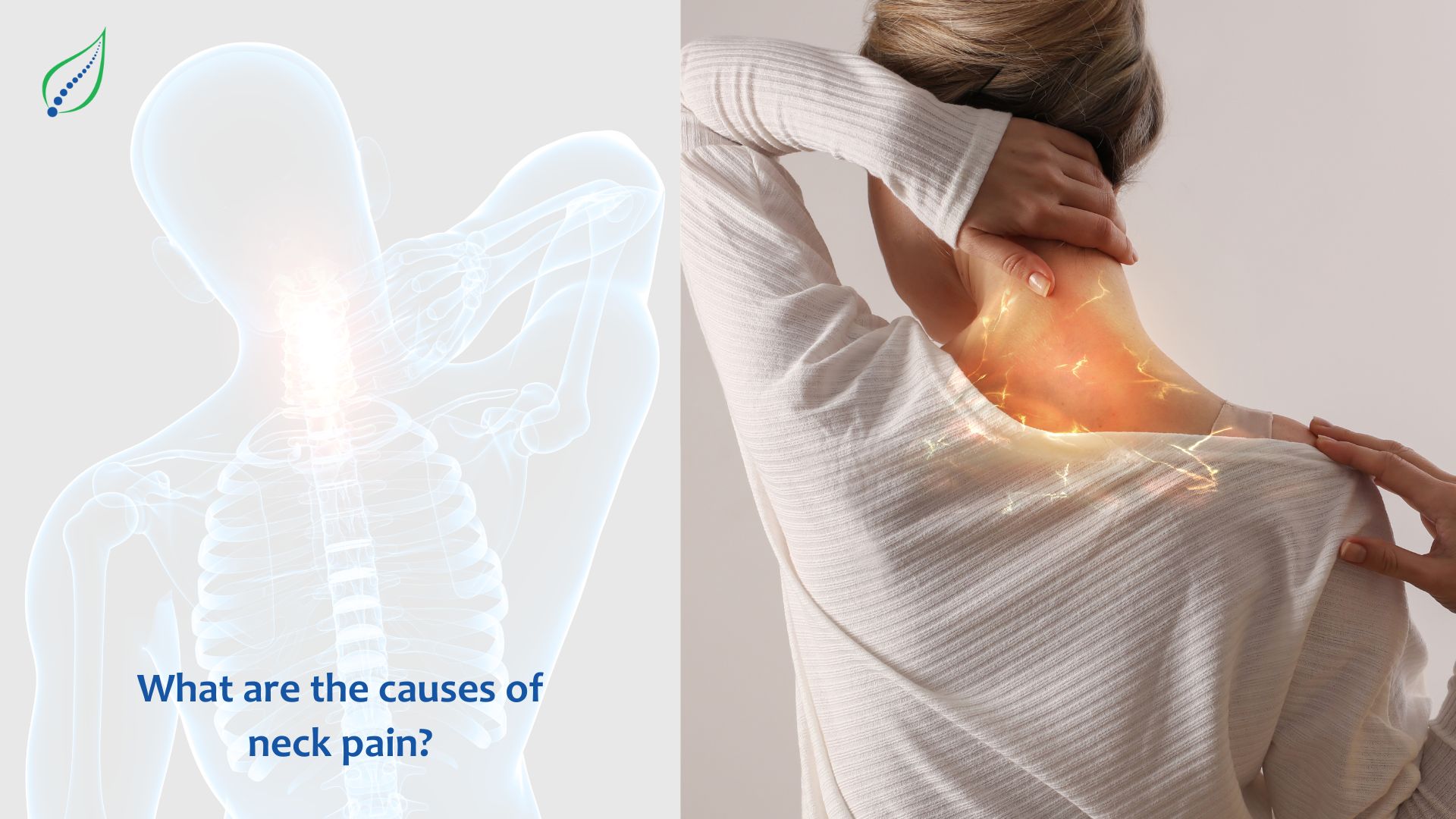All You Need to Know About Cervical Myelopathy
Cervical myelopathy is a medical condition affecting the spinal cord in the neck region. Due to this, one experiences many symptoms, including pain, weakness, and difficulty with coordination. It is most commonly caused by the degenerative changes that occur in the cervical spine. But there can also be other reasons, such as trauma or infection.
It causes gradual and at times sudden discomfort and disability to the person who suffers from this condition. It mainly occurs when the spinal cord in the neck region is compressed, which results in a range of symptoms that also affects mobility, function, and sensation.
What are the causes of Cervical Myelopathy?
There can be many reasons one reaches the condition of cervical myelopathy.
Some of the common causes are -
Rheumatoid Arthritis
Rheumatoid Arthritis affects the joint's soft tissues that are present between them. It is an autoimmune condition. When the person suffers from Rheumatoid Arthritis, the tissues around their bones and cartilage in the cervical spine may get degenerated, and the tissues around it can become inflamed. This condition can lead to compression in the spinal cord.
Aging
Aging is important and can be considered the main cause of degenerative spondylosis. It is found in many people in their 40s or older than that. In the review of 2017, the records came of MRI images which suggested that 9.1 percent of people who are either 70 years old or older had developed this condition of cervical myelopathy. And doctors mainly refer to it as a degenerative (spondylotic) cervical myelopathy.
Genetics
People can also have some genetic condition by which they suffer from this condition. By birth or within some time of their early age, they develop a narrowed spinal canal. And according to the surveys, people with genetic conditions such as Down syndrome can also suffer from this condition.
Injury
If a person suffers from any spinal injury is prone to cervical myelopathy. Whiplash-type injuries can also create traumatic tears in the structure that support the spine and cause fractures. Some injuries can even cause tissue swelling that also puts pressure on the spinal cord.
Bone spurs
A bone spur or osteophyte in your vertebrae can narrow your spinal canal. People over 60 years old or with osteoarthritis are more likely to develop these osteophyte complexes.
Slip Disc
It is caused by the jelly-like center of a disc (nucleus pulposus) bumping against its outer ring (annulus fibrosus). The nucleus can squeeze through completely when the disc is damaged. The spinal cord and nerve roots can be compressed by slipped discs leading to cervical myelopathy.
Calcification
It is believed that calcification of the ligamentum flavum (CLF) and posterior longitudinal ligament can lead to cervical myelopathy, which occurs when the spinal cord is compressed.
It is a rare disease mainly affecting the cervical spine that is caused by calcification of the ligamentum flavum or posterior longitudinal ligament. When CLF occurs, the posterior spinal cord is compressed, leading to myelopathy and subsequent neurological deficits.
These are the most common causes of cervical myelopathy. And these conditions usually compress the spinal cord and lead to the symptoms such as pain, weakness, and difficulty in coordination. Other causes are tumors, infection, and trauma.
What are some of the symptoms of Cervical Myelopathy?
The symptoms of cervical myelopathy may vary depending on the severity and the location of the compression on the spinal cord.
Some of the common symptoms of cervical myelopathy are mentioned below -
Neck pain
Neck pain is a very common symptom of cervical myelopathy. The pain caused in the neck can be dull sometimes, and sometimes it can be sharp too. It is also accompanied by stiffness and reduced mobility of the neck.
Weakness in the arms and legs
Cervical myelopathy can make the arms and legs weak, making it difficult for the person to perform everyday tasks such as lifting objects or even walking. Patients find difficulty in fine motor skills such as writing, buttoning the shirt, etc.
Tingling and numbness
People suffering from cervical myelopathy often experience tingling and numb sensations, especially in their arms, hands, feet, and legs.
Difficulty with Balance and Coordination
When this condition slowly becomes serious patient starts to get difficulty with balancing and coordination. They also experience clumsiness or even a loss of fine motor skills.
Loss of bladder or bowel control
In severe cases, it can cause loss of bladder or even bowel control. If this condition occurs in a person where they are losing their bladder or bowel control or if they have lost them, then there is a medical emergency. And this requires immediate action and attention too.
A medical professional can help determine the underlying causes of the symptoms and give an appropriate treatment plan.
What tests are used to diagnose Cervical Myelopathy?
Cervical Myelopathy can be diagnosed using many methods. Here are a few.
Your doctor needs to know your medical history as well as your family history. When did you first notice pain, where did it occur, and did you notice it suddenly after an incident, such as playing a sport or lifting a heavy object, or did you notice it gradually?
Examine your body
To diagnose cervical myelopathy, your doctor will need to perform a thorough physical examination. To measure your muscle strength and reflexes, a doctor may ask you to bend or walk a few steps.
X-Ray
X-ray images of your spine help in diagnosing degenerative changes.
Magnetic Resonance Imaging Scan (MRI):
This imaging technique is used to visualize the spinal cord, nerve roots, intervertebral discs, and ligaments. The cervical spinal canal and spinal cord can be imaged with a high-resolution MRI scan. A magnetic resonance imaging scan is used to diagnose cervical myelopathy.
What are the treatments that need to be followed?
There might be some treatments that can help a person who is suffering from cervical myelopathy. The treatment of this condition depends upon the severity of the condition and its underlying causes.
In mild cases, there are nonsurgical treatments that help the person to recover and manage symptoms of cervical myelopathy. The non-surgical treatments include cervical epidural injections followed by medications, physical therapy, complementary therapy, ergonomics, and some lifestyle modifications. But in case of loss of bowel and bladder control surgery is required.
The professional prescribe nonsteroidal anti-inflammatory drugs, muscle relaxants, and corticosteroids to reduce pain and inflammation. Physical therapy can also help improve the strength of a person, and it also helps in reducing pain and stiffness.
Lifestyle modifications can be made a necessity or recommended to manage cervical myelopathy. This includes practicing good posture, avoiding the activities that exacerbate the symptoms, and using ergonomic techniques and equipment also can help relieve this condition.
Therefore, getting an early diagnosis and treatments that can lead to better outcomes for individuals suffering from cervical myelopathy is important.
Conclusion -
Cervical myelopathy is a medical condition that leads to significant discomfort and disability. It is recommended to take proper diagnosis and treatment to get recovered soon. It is important to consult with a doctor if anyone is experiencing the symptoms of this condition, so that diagnosis can be done early and can lead to better outcomes.




